Speaking to SGGP reporters, Dr. Nguyen Dinh Cung, former Director of the Central Institute for Economic Management (photo), expressed his hope that when the revised content is passed, the resolution will give Ho Chi Minh City a more solid legal basis to promote innovation and creativity.
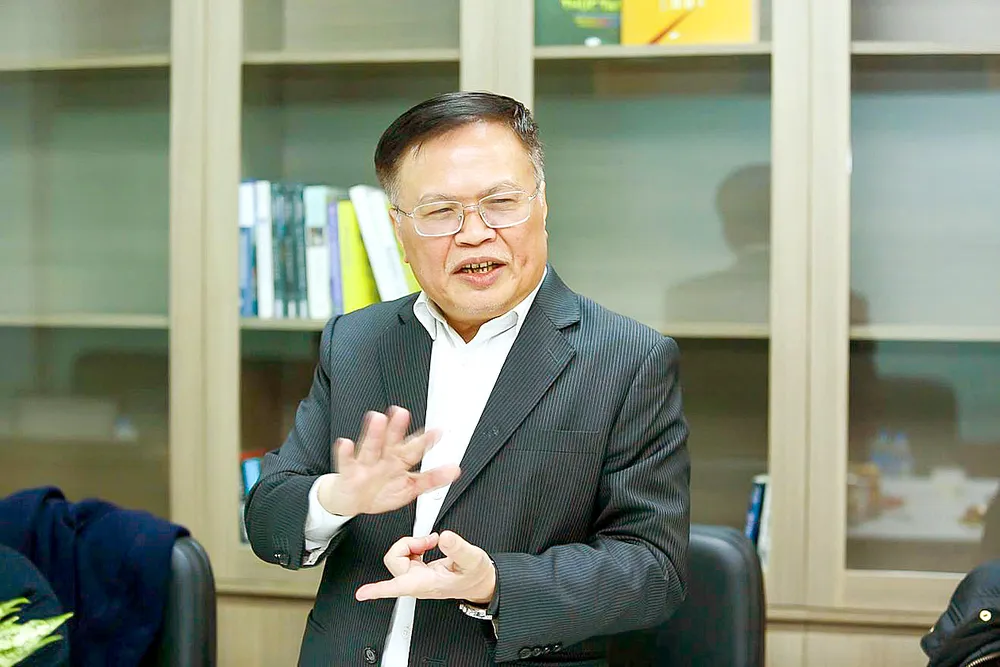
REPORTER: It can be said that the draft resolution of the National Assembly on amending and supplementing a number of articles of Resolution No. 98/2023/QH15 has taken quite a clear shape. What notable breakthrough mechanisms do you see here?
DR. NGUYEN DINH CUNG: Reading the draft resolution, from an economic perspective, I think there are two outstanding contents, which are the TOD mechanism (urban development oriented towards public transport) and FTZ (free trade zone).
This draft resolution allows the HCMC People's Council to allocate budget to implement investment projects on compensation, support, and resettlement for projects applying the TOD model. The scope of application includes: areas around stations/stops on urban railway lines; areas along routes with large urban development space (such as Ring Road 3); areas for organizing public service works, urban embellishment, housing development and land plots selected to attract investors to implement urban development projects.
The draft also supplements the forms of investor selection for TOD land plots to conduct "auctions" or "bidding" to select investors for urban, commercial and service development investment projects according to the provisions of law or to pay the State to implement railway projects applying the build-transfer (BT) contract type.
I think the most groundbreaking change in the draft TOD mechanism compared to the current Resolution 98/2023/QH15 is the expansion of the scope of application of the TOD mechanism from transport infrastructure development to comprehensive urban development and land use to attract investment more flexibly.
Although fully supporting the granting of special mechanisms to Ho Chi Minh City, there are also concerns about attracting private investors to invest in cultural and artistic projects using the land-for-infrastructure (BT) method...
I always keep a cautious view on BT form. Once land is exchanged for infrastructure, there are at least 3 issues to be concerned about.
First, the managers do not determine the correct land price and may never determine it correctly. Second, investors, especially real estate investors, will find every way to increase the land price where they are exchanged, causing the price of land, housing and real estate to increase, making it difficult for the city to achieve its long-term development goals. Third, the large difference between the payment price and the actual price is a potential legal risk for the relevant officials. The better way, in my opinion, is for the State and the developer to share the benefits from the difference in land rent.
What about FTZ? Do you think the special mechanisms for FTZ in the draft are reasonable?
Many mechanisms are higher, even very independent from current laws. But, I think that when doing FTZ, it must be like that, it cannot be otherwise.
The policies in the draft fall into five groups: tax - customs; investment - finance ; management institutions; labor, residence, land; infrastructure and logistics. For example, in the tax - customs group, the draft proposes that "free trade zones are subject to a separate customs regime, goods entering and leaving the zone are considered special import and export activities, not subject to export, import tax and value added tax, except for cases of bringing them into Vietnam's domestic market".
Currently, only duty-free zones (such as export processing zones) are exempted from taxes within a limited scope and are still subject to customs supervision. Here, the draft proposes a liberal model similar to that of Dubai JAFZA or Singapore FTZ. In the group of investment and finance policies, the draft stipulates "allowing capital and foreign currency to be transferred into and out of the free trade zone without restrictions; piloting a financial-banking, fintech and cross-border payment sandbox mechanism".
In terms of management institutions, the FTZ management board has many authorities equivalent to the ministerial level. Specifically, this board is under the Government, operates under a special authorization mechanism, and has the authority to resolve investment, customs, labor, and taxes in the zone without having to consult with central ministries and branches, which means it is more decentralized than Resolution 98/2023/QH15.
Regarding labor - residence - land, the most breakthrough of the draft is to allow foreign experts, managers, and scientists working in the zone to be granted long-term visas of 5-10 years, and to have the right to reside and work remotely within the territory of the free trade zone, creating an internationalized working environment right in Ho Chi Minh City.
The infrastructure - logistics sector is also very open, with the regulation "The location of the free trade zone is considered to be located in the Cat Lai - Nha Be area, connecting the seaport, Tan Son Nhat airport and Long Thanh airport through the smart logistics corridor; allowing the development of an integrated financial - commercial - logistics center. Vietnam currently does not have this integrated model.
However, I would like to reiterate once again that if we want to successfully build and operate a real FTZ, the above policies are essential.
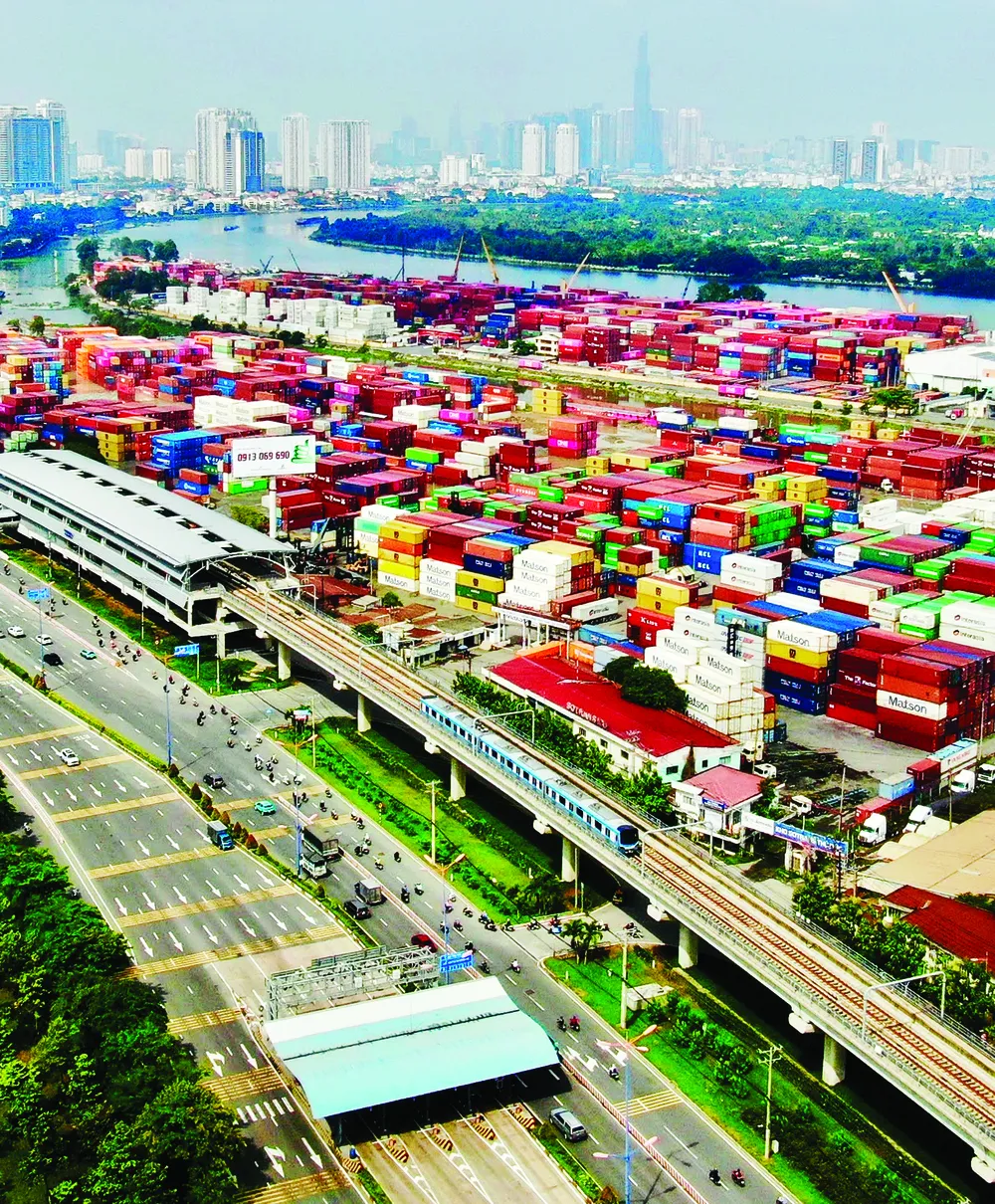
So you agree with those proposals?
Of course, but I want more. Ho Chi Minh City needs a real institutional sandbox. The current specific mechanisms and policies are just Ho Chi Minh City's proposal to do things differently, but their implementation is still in accordance with current laws.
Therefore, the implementation of other tasks depends on the amendment or guidance on the implementation of relevant laws by central agencies. If we continue to do things as they are now, even if there are special mechanisms, we will not be able to restructure, upgrade the level of development, and transform Ho Chi Minh City into a new growth model based on improving productivity, quality, efficiency, competitiveness, science and technology, innovation and digital transformation.
A new resolution on sandbox, amending and supplementing resolution 98/2023/QH15, is first of all a legal document allowing Ho Chi Minh City to experiment with new institutions, with at least some of the following contents.
First, specifically identify the areas that are allowed to be tested. These areas must closely follow the fundamental development issues and strategic orientation of Ho Chi Minh City's development (this is the limit of the testing scope). Second, identify the expected results corresponding to the above-mentioned testing areas (with short-term results of 2-3 years, medium-term results of 5-7 years and long-term results of 7-10 years). Third, allow the Party Committee and the Ho Chi Minh City government to fully regulate and decide on the methods, implementation tools and the entire implementation organization.
All of these can be different and outside the current legal system. Ho Chi Minh City also needs to have the flexibility to adjust and make necessary changes if it finds that the approach has not achieved its goals...
Open a lot but also need to anticipate risks, sir?
Yes. That is what needs to be included in the resolution. I think it is necessary to identify potential risks, prescribe mechanisms, risk management tools and things that the HCMC government cannot do right in this resolution.
Along with that, it is necessary to stipulate that a specialized central agency (in coordination with the Ho Chi Minh City government and other relevant parties) regularly monitor and periodically evaluate every 6 months.
On that basis, Ho Chi Minh City has appropriate adjustments and annually draws lessons on institutional reform.
Source: https://www.sggp.org.vn/tiep-tuc-co-che-dac-thu-phat-trien-do-thi-toan-dien-va-khu-thuong-mai-tu-do-post820112.html



![[Photo] National Assembly Chairman Tran Thanh Man receives Chairman of the House of Representatives of Uzbekistan Nuriddin Ismoilov](https://vphoto.vietnam.vn/thumb/1200x675/vietnam/resource/IMAGE/2025/10/27/1761542647910_bnd-2610-jpg.webp)
![[Photo] Party Committees of Central Party agencies summarize the implementation of Resolution No. 18-NQ/TW and the direction of the Party Congress](https://vphoto.vietnam.vn/thumb/1200x675/vietnam/resource/IMAGE/2025/10/27/1761545645968_ndo_br_1-jpg.webp)



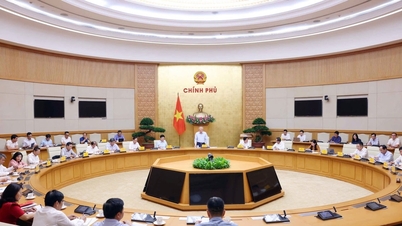

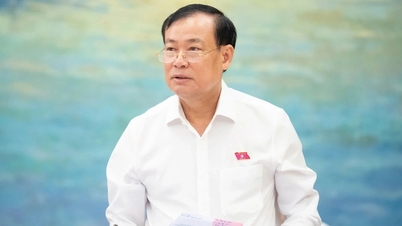

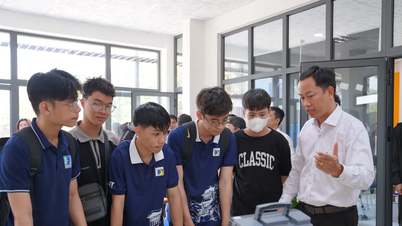


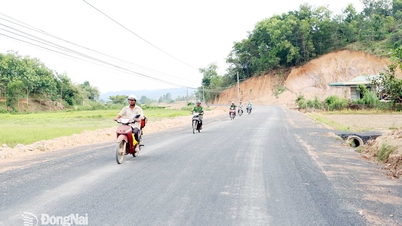

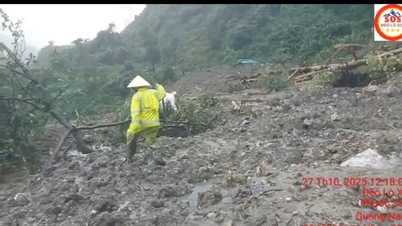
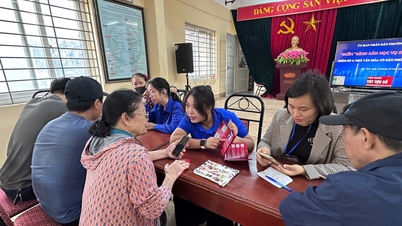

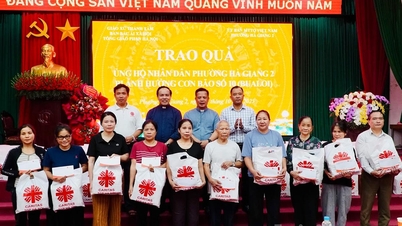


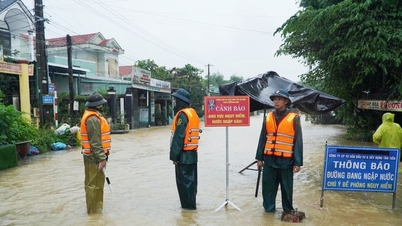










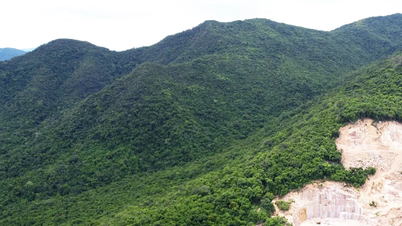
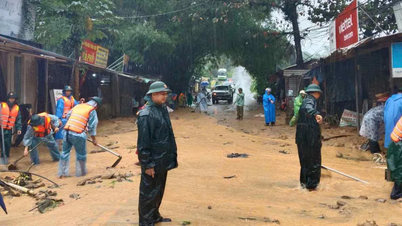













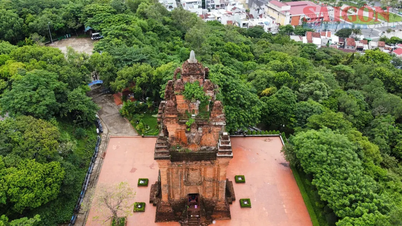

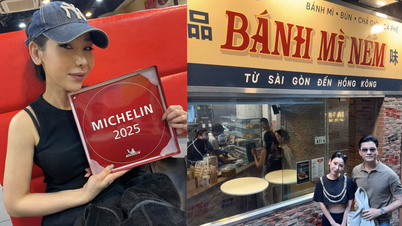

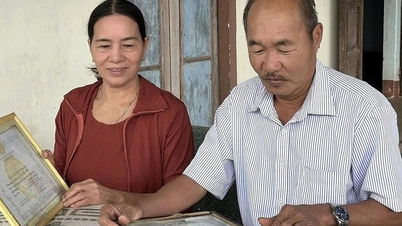
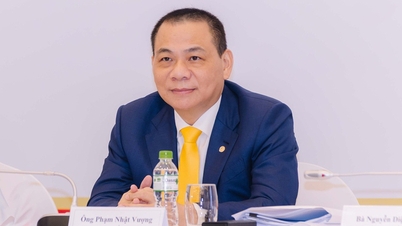



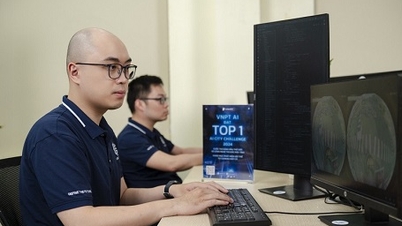


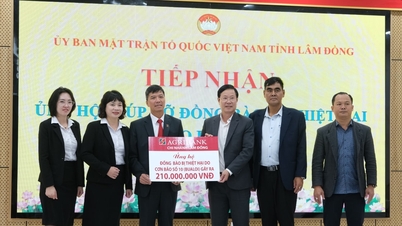



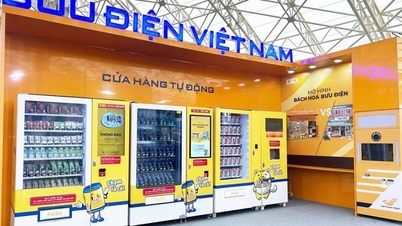

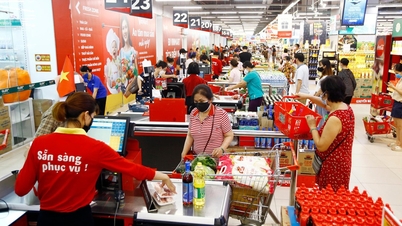






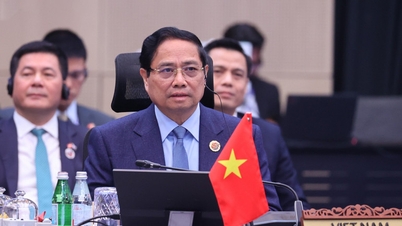

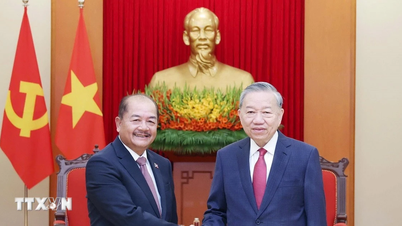

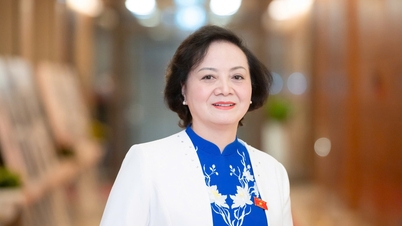

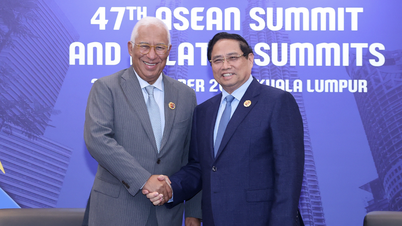
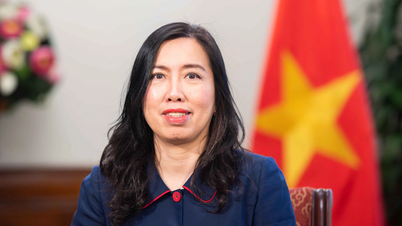
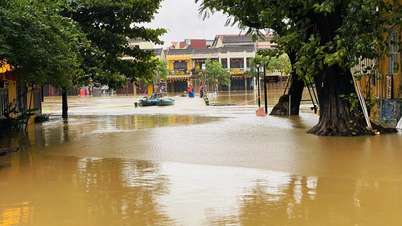
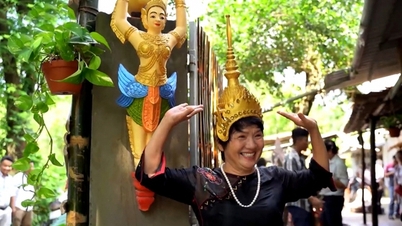

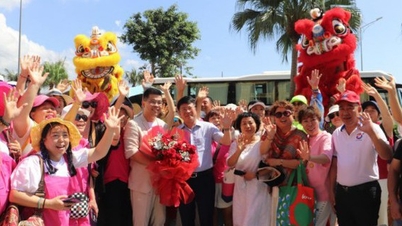

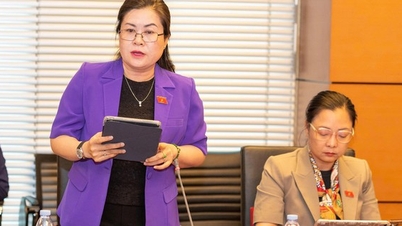
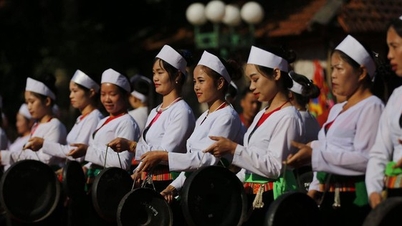
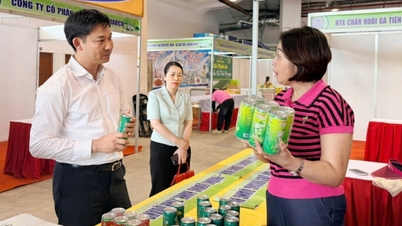

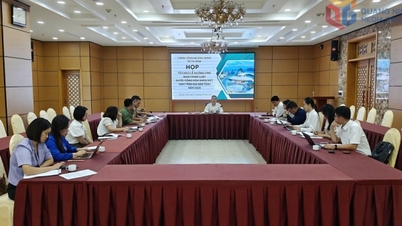
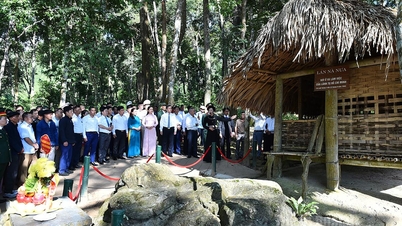
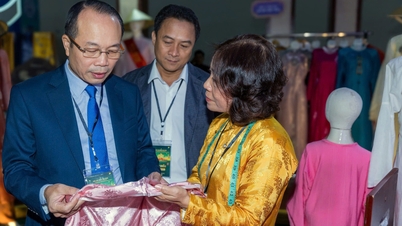
















Comment (0)